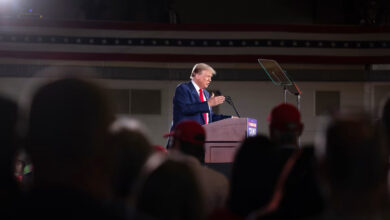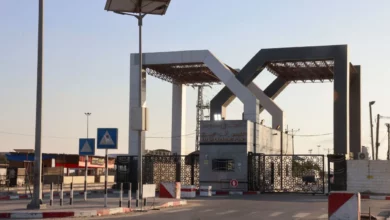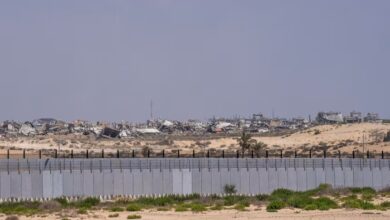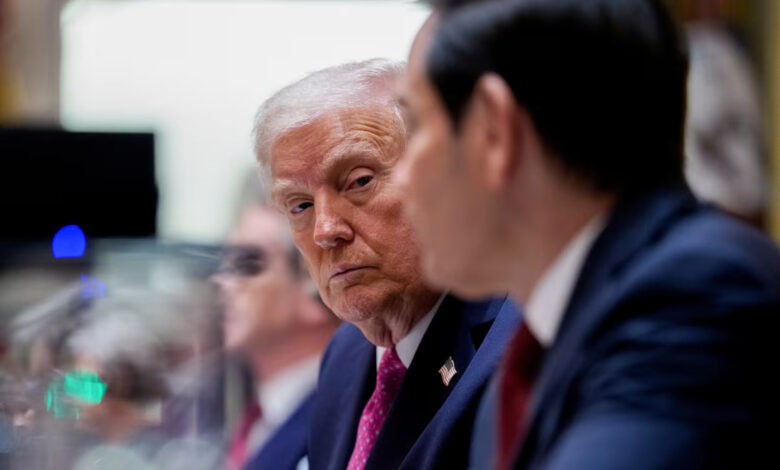
Wishing for peace is far easier than making peace.
President Donald Trump’s grand ambitions in the Middle East and Ukraine are struggling against their own internal limitations and the horrific hangovers of two brutal wars.
Trump ditched plans for a quick second summit with Russian President Vladimir Putin, declaring Tuesday that he didn’t want to waste his time, in the latest dizzying gyration of his drama-laden but so far futile peace push.
And Vice President JD Vance rushed to the Middle East, where Trump just last week expressed hopes he’d forged “everlasting peace.” The ceasefire he brokered between Israel and Hamas is holding … just.
Trump’s critics might take some satisfaction that his big plans risk stalling out. He’s brought some skepticism on himself with his hyperbolic presentation of promising incremental events as epochal breakthroughs. But rooting against him just to deprive him of wins would be crass, given that global stability and thousands of lives may depend on Trump’s success.
Trump needs to work both wars around the clock
Complications bursting up around both of Trump’s major peace efforts underscore how constant US engagement is needed along with the president’s personal attention despite the constant whirl of controversy that surrounds him.
After he halted fighting in Gaza, a significant achievement, there were hopes he could vault into a fresh attempt to end the murderous war in Ukraine after previous efforts foundered following his August summit with a stubborn Putin.
But on Tuesday, the president called an abrupt halt to the latest chapter in his wild ride with Putin, making clear that a summit he’d predicted could take place in Budapest within weeks was no longer on the front burner.
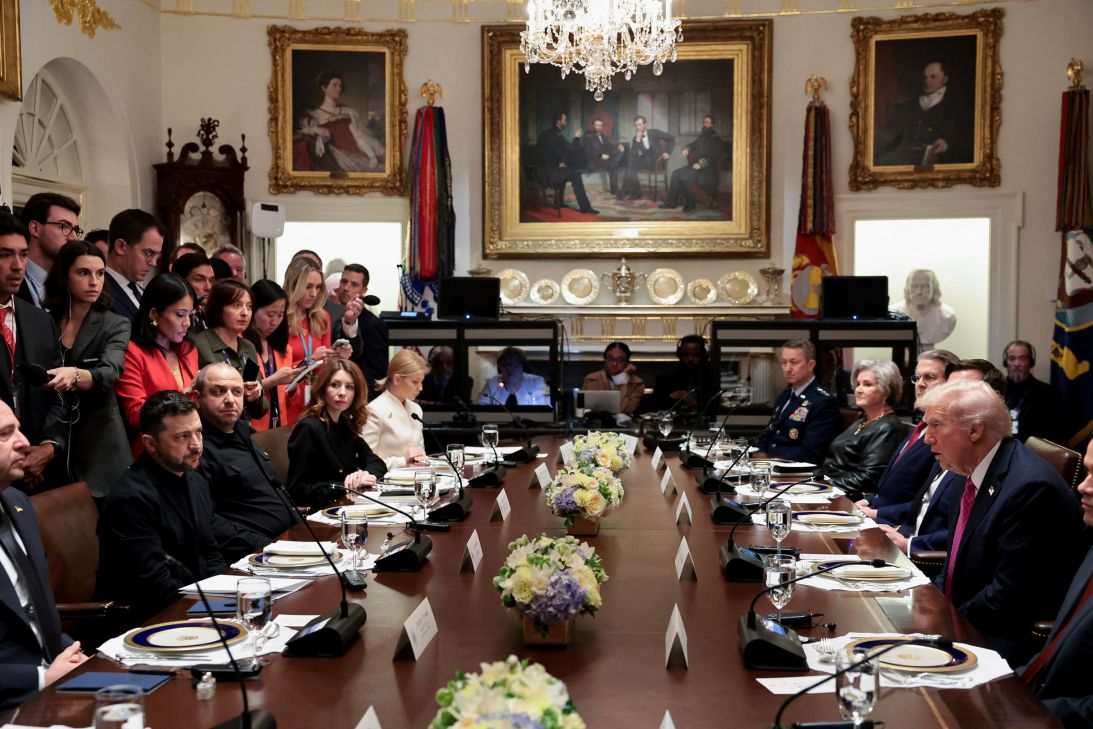
“I don’t want to have a wasted meeting. I don’t want to have a waste of time,” Trump told reporters in the Oval Office after a call between Secretary of State Marco Rubio and his Russian counterpart on Monday failed to yield breakthroughs.
Trump’s disappointment was the latest shift in a confusing week in which he seemed poised to send cruise missiles to Ukraine, was talked down by Putin and then had a new Oval Office clash with Ukrainian President Volodymyr Zelensky.
So far, Trump’s Ukrainian efforts are only achieving one thing — disproving his own questionable assertions that Putin wants peace.
The vice president’s hurried attempt to shore up progress in the Middle East, meanwhile, is meant to stop the administration’s other big peace initiative suffering a similar fate. After the fanfare of Trump’s victory lap in the region, the liabilities of his approach are becoming clear.
The big question was always how to bridge an initial pause in fighting between Israel and Hamas and the ambitious peace plan that envisages Hamas giving up weapons and disengaging politically.
Vance’s visit followed — seeking to create an illusion of forward momentum to allow negotiators time to try to fill vacuums.
The ceasefire teetered after Israel accused Hamas of killing two Israeli soldiers at the weekend and launched a wave of airstrikes that killed dozens of people in Gaza.
But Vance, seeking to stop the situation deteriorating further, sought to reassert the big picture in a symbolic warning to Israel and Hamas to stick to the terms of the agreement. His visit also demonstrated US commitment to key Arab states needed to implement Trump’s plan.
“What we’ve seen the past week gives me great optimism the ceasefire is going to hold,” Vance said in an upbeat assessment that didn’t necessarily jibe with reality. “I feel very optimistic. Can I say with 100% certainty that it’s going to work? No.”
How the latest Russia plan fizzled
If Trump needed confirmation that Putin is not ready to make peace in Ukraine, he got one in a swarm of drones that attacked Ukrainian power plants in a return to a brutal strategy of using winter as a weapon against shivering civilians.
The US president had hoped for signs of true policy shifts from Russia to justify a relaunching of his personal diplomacy with Putin. But the Kremlin strongman just played his classic card, calling Trump a day before he hosted Zelensky in the White House in a show of flexibility designed to mitigate new US pressure and the president’s anger and frustration.
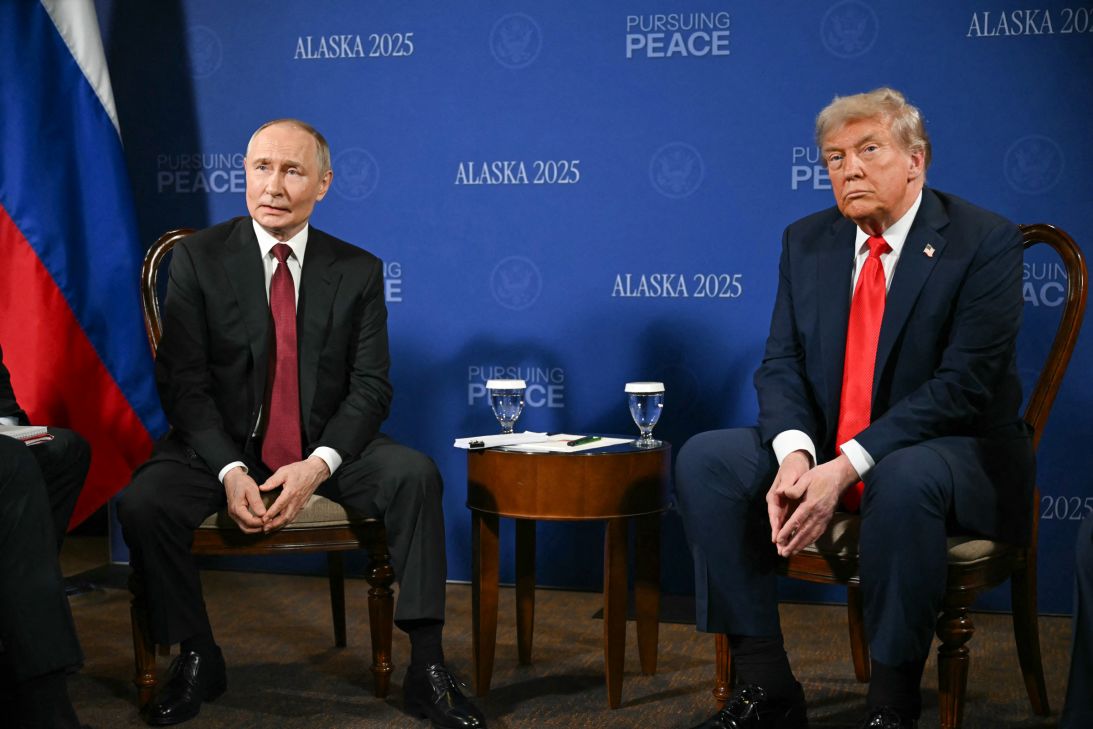
Trump had been speculating about sending Tomahawk cruise missiles to Ukraine that would allow Kyiv’s forces to reach deep into Russia. But he snatched the idea off the table after speaking to Putin and rounded on Zelensky instead. But then, the call between Rubio and Russian Foreign Minister Sergey Lavrov on Monday showed that any fresh summit would mirror Alaska’s impasse.
Russia has not fundamentally changed a position that Ukraine could never accept. It wants Kyiv to cede territory in two eastern regions, Luhansk and Donetsk, that it has been unable to fully capture in three years of fighting. Ukraine says such a step would leave it dangerously vulnerable to a future attack by Russia launched from the key lands.
The melodrama repeated a well-worn cycle. Putin reacted when Trump looked like he might impose a price for Russian intransigence. Then the US president, after speaking to Putin, imposed pressure on Ukraine to give up territory. Then the process hit a wall again, leaving Trump frustrated.
Trump is now back to his previous position that the enemies should stop fighting at current frontlines. “The rest is very tough to negotiate if you’re going to say, ‘You take this, we take that,’” he told reporters aboard Air Force One on Sunday.
Zelensky had earlier predicted that nothing will happen without Trump trying to coerce Putin to the table. “As soon as the issue of long-range capabilities became a little further away for us — for Ukraine — Russia almost automatically became less interested in diplomacy,” he said in his daily address on Tuesday.
The impasse suits Putin, who shows no sign of wanting to stop fighting and could use more time to pursue his war of attrition with the goal of winning as much Ukrainian territory as possible before any peace talks.
After a week of acrimony and shifting positions, nothing much has changed.
The Middle East win was meant to inject a boost into the Russia effort
Time is also a problem in the Israel-Hamas standoff. The current interregnum between the ceasefire deal and the implementation of later steps of Trump’s deal are allowing tensions to boil and threats to its durability to grow.
Hamas has used the end of fighting with Israel to reassert its control over Palestinians in Gaza with revenge killings against alleged collaborators, raising doubts that it will ever lay down its arms as Trump demands. An international peace force is envisaged to keep permanent peace in the Gaza Strip, but until it can be formed, the ceasefire will remain fragile.
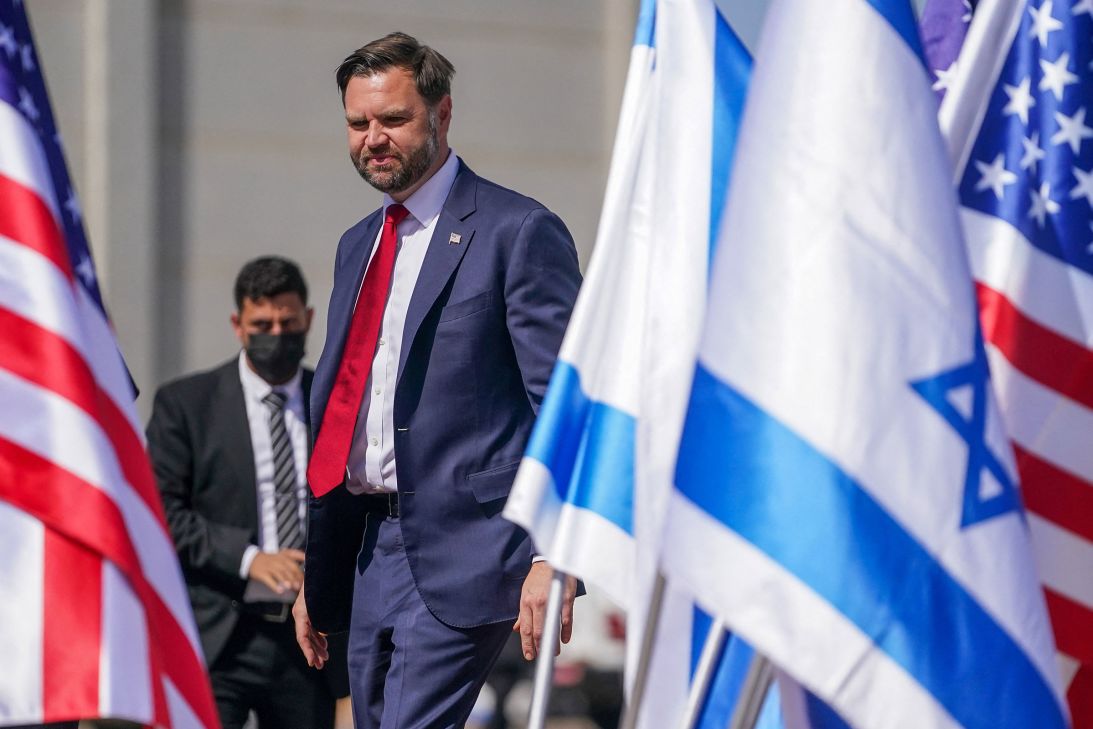
Vance’s trip was a sign to Netanyahu of just how important maintaining the ceasefire is to Trump and to states including Qatar and Turkey that they must keep up their pressure on Hamas to follow his 20-point plan. US negotiators Jared Kushner and Steve Witkoff will seek to use the cover provided by Vance to try to create some progress to keep momentum alive.
“There’s about 10 Tier-1 priorities, and we’re working all of them in parallel,” Kushner said in an interview with CBS’ “60 Minutes” Sunday.
But more incidents in which Israeli soldiers die would almost certainly prod it to reopen hostilities with Hamas. This is why the complex transitional elements of the peace plan must be implemented quickly.
“The critical issue right now is to begin to put in place the alternative administration. That starts with the Board of Peace, reinforced by having this technocratic Palestinian administration, and it is further strengthened by having the International Stabilization Force,” former US peace negotiator Dennis Ross told CNN’s Bianna Golodryga on Monday. “All that has to be implemented sooner rather than later. That creates some momentum on its own.”
So far, however, the stabilization force hasn’t got much past the theoretical stage, prompting Trump to try to push regional powers into hurrying along.
“Numerous of our NOW GREAT ALLIES in the Middle East, and areas surrounding the Middle East, have explicitly and strongly, with great enthusiasm, informed me that they would welcome the opportunity, at my request, to go into GAZA with a heavy force and ‘straighten our Hamas’ if Hamas continues to act badly, in violation of their agreement with us,” Trump wrote on Truth Social.
No regional states are publicly lining up to send their young soldiers into Gaza to insert them between Israeli and Hamas forces. So the president’s post was closer to hope than reality — a description that regrettably also applies to his interrupted plan to end the war in Ukraine.
But at least he’s trying. And it’s not too late yet.

